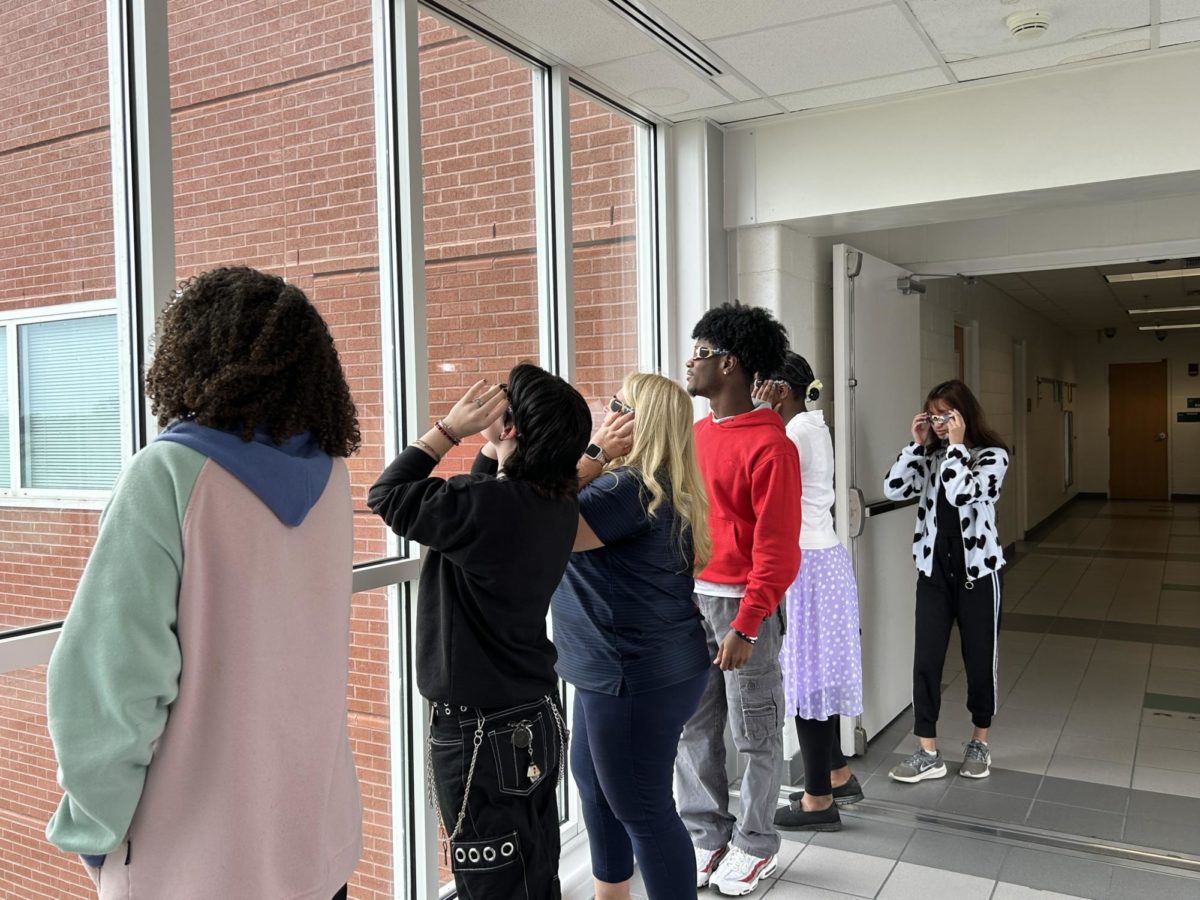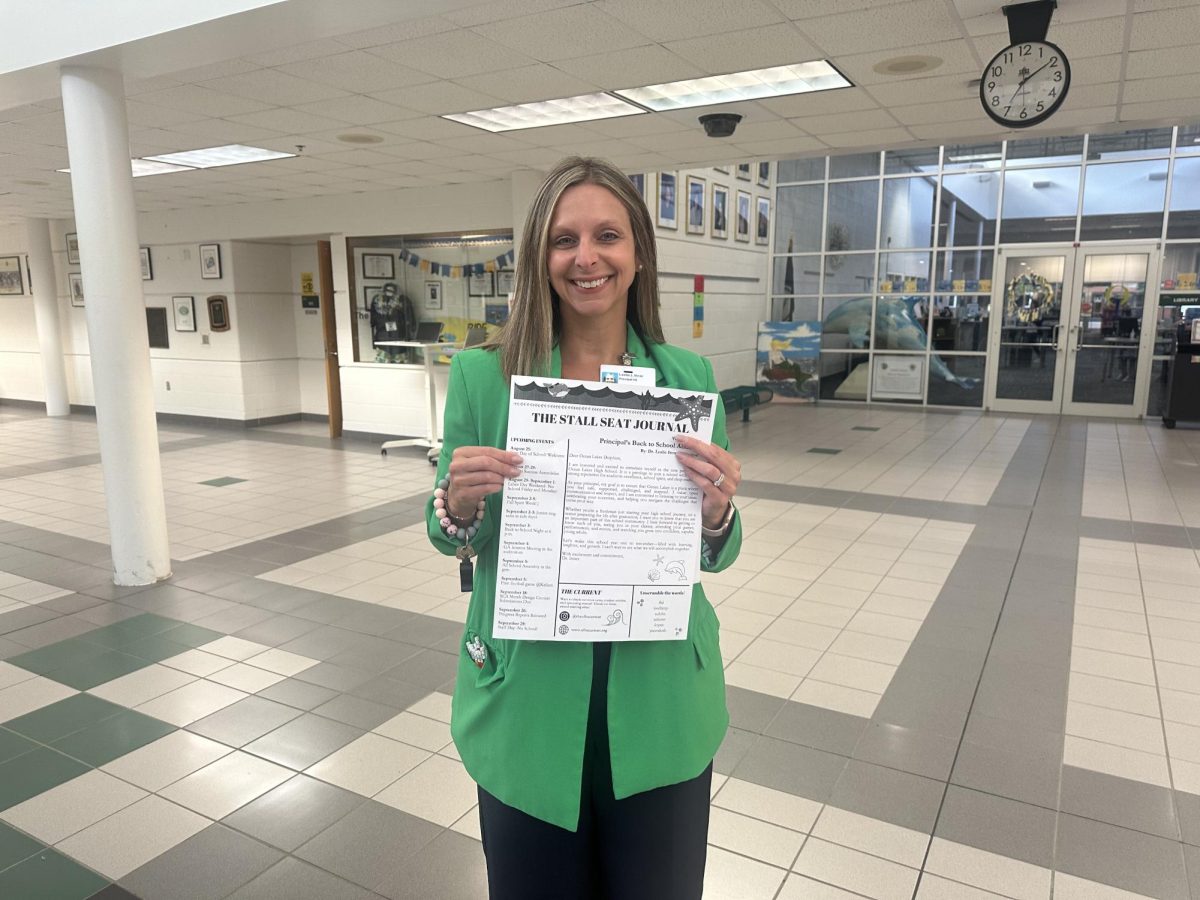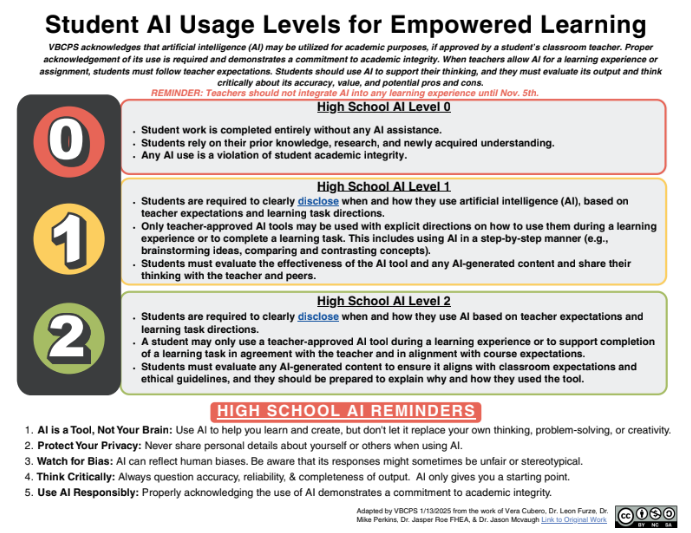The annular partial solar eclipse, also known as “The Ring of Fire,” will be visible on October 14, 2023.
“I remember when [the solar eclipse] is, and [I] get the necessary equipment for it,” said Simon Rodrigues.
The edge of the moon first “touches” the sun at approximately 12:03 p.m. The deepest point of the partial eclipse is at around 1:23 p.m.; it eventually ends at about 2:45 p.m.
There are different types of ways to witness this natural phenomenon, but looking at it with bare eyes is not one of them. One way is to use eye protection glasses called “eclipse glasses” that are purchasable at any approved vendor like Amazon. The eclipse is also trackable by a live stream that NASA offers on their website, nasa.gov, to watch the solar eclipses’ movements across the United States on Oct. 14, 2023.
“I have never seen a solar eclipse, so I’ve never bought eyewear protection specifically for one, but I would like to experience one in the future,” said Rohan Sagar.
One reason the annual solar eclipse is different than a total solar eclipse is because of its color. The annual solar eclipse is called “the Ring of Fire,” because the edges of the solar eclipse appear deep red while total eclipse edges appear bright white.
The next total solar eclipse is said to be visible in North America on April 4, 2024.
“I do find [solar eclipses] interesting. It’s a unique event that happens every once in a while. I enjoy observing it with my friends,” said Hailey Macgregor.












